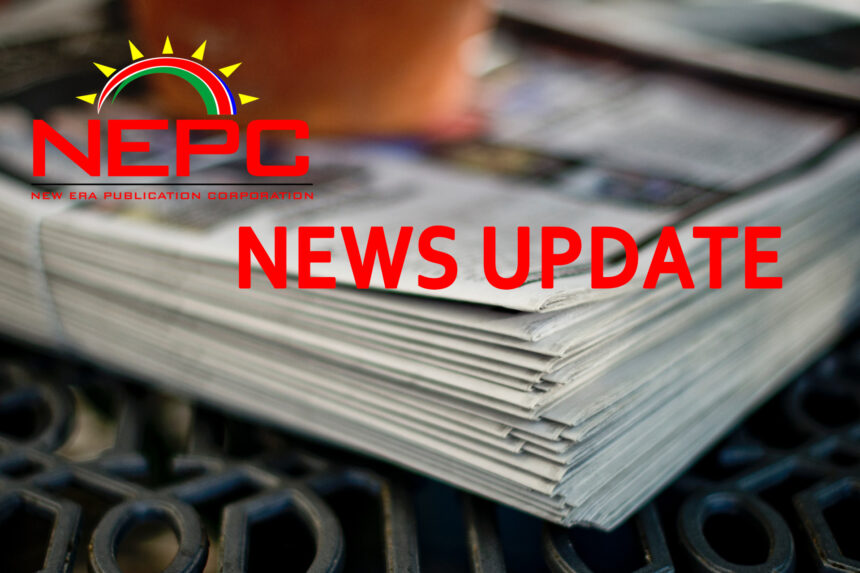WALVIS BAY – Plans are underway to refurbish the TransNamib fuel railway link at Walvis Bay as portions of the link that transports fuel via tankers from Namport to various depots at Walvis Bay have reached the end of their lifespan and have been deemed unsafe.
Works and Transport Minister John Mutorwa yesterday met with stakeholders to discuss the multi-million-dollar project, which is in line with the Namibian transport policy that will lead towards an integrated, sustainable and inclusive transport system.
According to the minister, the improvement of the rail infrastructure from the port into the hinterland is part of the transport network upgrade to ensure reliability, safety and efficiency in the movement of various commodities.
Mutorwa said the railway fuel line not only connects the national oil storage but is also an integral part of TransNamib’s revenue stream.
“Hence, there is a need to bring it on par with the ongoing rail network. The proposed upgrading of the line fundamentally aims to prioritise upgrading of ancillary back of port railway infrastructure at Walvis Bay and will at the same time improve the linkage to fuel depots,” Mutorwa said.
He then appealed to the stakeholders to thoroughly interrogate the information around the upgrade shared to formulate a way forward for the upgrading of the lines before the Transport Infrastructure Improvement project comes to an end as per the contractual agreement.
Andre Olivier from Bigen Kuumba infrastructure projects, spearheading the upgrade, also explained the motivation behind the upgrade is that the fuel lines have been a key revenue earner for TransNamib.
According to him, income generated through the fuel lines was the largest revenue generated by TransNamib for the last three years.
“However, the condition of the rail is currently unsafe, especially in the industrial area. There is also a mismatch of material and poor drainage systems in the area. The sleepers are mostly wooden and deteriorated. Currently, a portion of the line is totally unsafe and most of the line has reached the end of its lifespan,” he said.
– edeklerk@nepc.com.na


